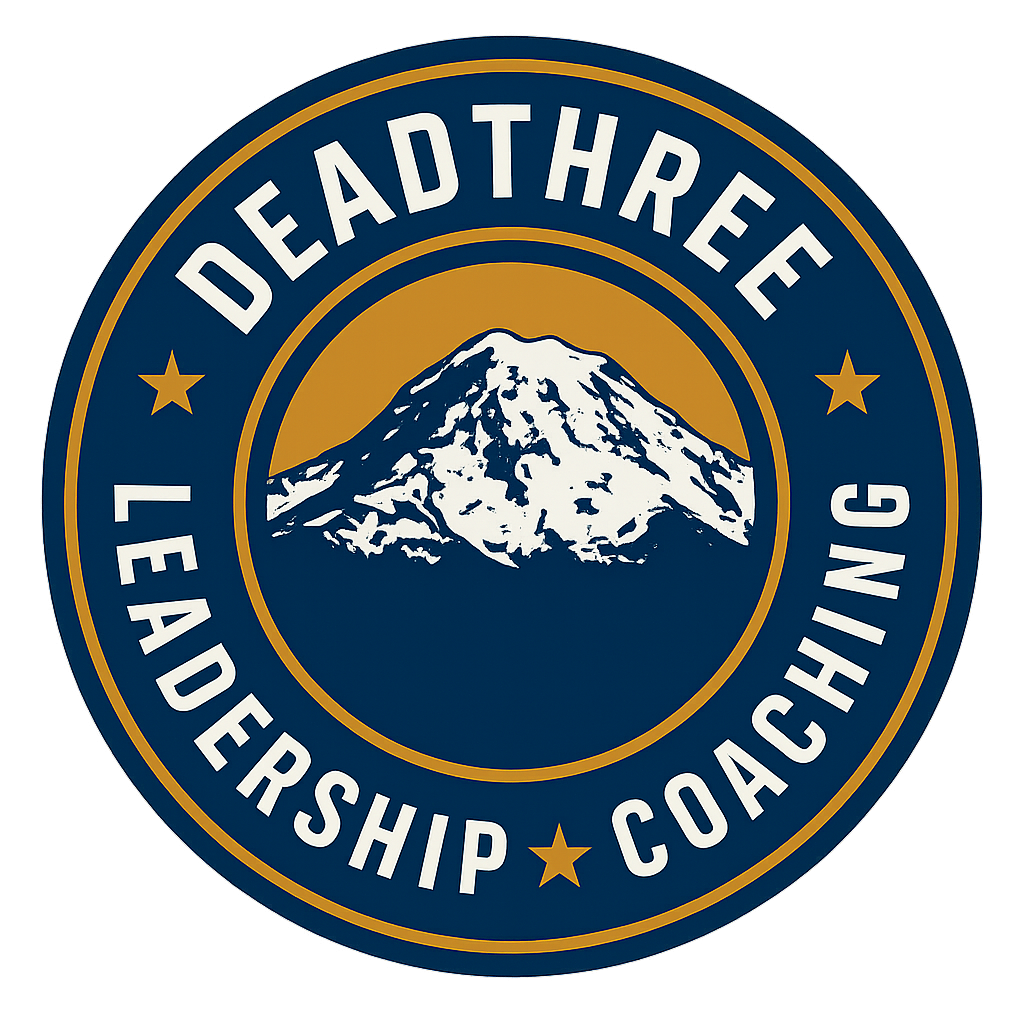The Power of Teaching in Leadership: Multiplying Growth Through Coaching
"When leaders teach, they invest in their people’s ability to solve and avoid problems in the future."
📖 Multipliers – Liz Wiseman
Great leaders don’t just manage—they coach, guide, and teach. Liz Wiseman’s Multipliers makes it clear: leaders who take the time to teach their teams don’t just improve short-term performance—they empower their people to grow, solve problems, and lead in the future.
This is the difference between leaders who add value and leaders who multiply value. Teaching isn’t just about instruction—it’s about building a culture where learning, problem-solving, and autonomy thrive. When leaders invest in the growth of their teams, they create self-sufficient, high-performing individuals who can take ownership of challenges without always needing direction.
So, how do you build a culture of teaching and coaching? Let’s break it down.
Teaching Creates Self-Sufficient Teams
You know what? Weak leaders hoard knowledge. Great leaders share it.
Some managers believe that by keeping information to themselves, they maintain control and influence. But the best leaders? They empower their teams to think, solve, and lead.
Think about a basketball coach. The goal isn’t just to call plays—it’s to train players to read the game, adjust strategies, and make winning decisions on the fly. A leader’s role is no different. If your team relies on you for every answer, you’re not leading—you’re micromanaging.
Teaching equips teams with:
✔ Confidence in problem-solving – They know how to tackle challenges instead of waiting for instructions.
✔ Adaptability in uncertain situations – When change happens, they don’t panic—they adjust.
✔ A mindset of continuous learning – They don’t just execute; they improve, innovate, and optimize.
A real-world example? Companies with strong coaching cultures outperform those without. Employees in these organizations report higher engagement, greater job satisfaction, and better decision-making skills. Because when people feel invested in, they perform at a higher level.
From Manager to Multiplier: Leading Through Coaching
Here’s the thing—you can be a boss, or you can be a coach.
A boss gives orders and expects results.
A coach asks questions, provides guidance, and develops people.
Multipliers make their teams better. They don’t solve every problem themselves—they create an environment where their team members learn to solve problems on their own.
How?
✔ They ask instead of tell. Instead of giving solutions, they challenge their team to think critically.
✔ They delegate for development. They give people stretch assignments—not to test them, but to grow them.
✔ They celebrate effort, not just results. They recognize the value in learning, even if mistakes happen.
Consider a workplace scenario:
A manager faces a recurring issue in their department. Instead of just fixing it each time, they sit down with their team and ask:
➡️ “What’s causing this?”
➡️ “What solutions can we try?”
➡️ “How can we ensure this doesn’t happen again?”
By taking this coaching approach, the leader teaches problem-solving instead of just solving problems. Over time, the team becomes more proactive, more confident, and more capable. That’s leadership at its best.
Three Actions to Multiply Your Team’s Growth Today
✅ Turn mistakes into teaching moments. Instead of fixing problems for your team, guide them through the process of finding solutions.
✅ Ask, don’t just answer. Next time someone brings you a problem, resist the urge to give an immediate solution—help them think critically.
✅ Delegate as a tool for growth. Assign challenging tasks that stretch your team’s skills and build confidence.
Join a Community of Leaders Who Coach and Multiply Impact
Are you ready to lead through teaching, coaching, and multiplying the success of those around you? Join our community of like-minded leaders who are transforming teams and driving execution at the highest level.
